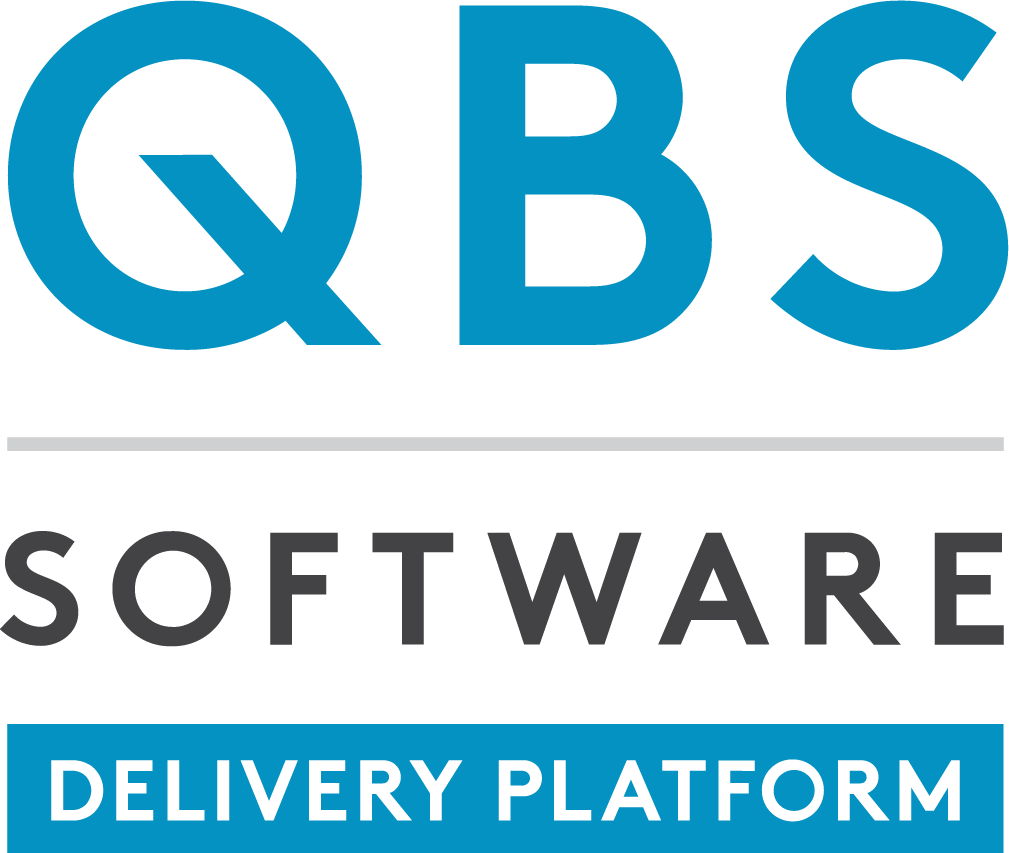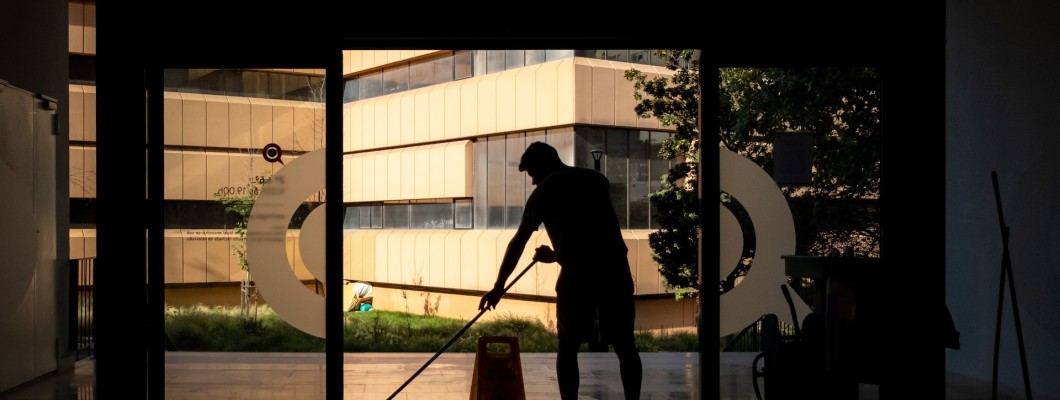The new tax year can be a great time to spruce up cybersecurity, ensuring zero-trust practices are implemented at critical entry points on customer networks.
With Keeper’s Password Manager, Secrets Manager and Connection Manager from QBS, end-user organisations enjoy next generation Zero Trust zero knowledge architecture and a clear view of passwords, credentials, and secrets with the first company in the industry to unify enterprise password management (EPM), secrets management and privileged connection technologies.
And this spring, Keeper Security‘s market-leading privileged access management (PAM) and security software introduced 24-word recovery phrases to further enhance users’ ability to keep information secure and prevent breaches.
Replacing the traditional security question and answer recovery method, this enables safer recovery of Keeper vaults if the master password is forgetten – generating a unique 256-bit AES key to the user’s 256-bit AES data key, which in turn decrypts individual record keys and vault records.
Keeper recovery phrases have been implemented using the same BIP39 word list that protects crypto wallets – a set of 2,048 words for generating an encryption key with 256 bits of entropy. Read more here.
Making organisations safer still with zero-trust
A zero-trust solution must include various functions to be effective, including multi-factor authentication (MFA), principle of least privilege (PoLP), and comprehensive monitoring and validation.
With Keeper’s cybersecurity platform – now with a sleek new interface – zero-trust security and compliance is assured with the company’s proprietary zero-knowledge encryption model.
A unique, multi-layered encryption and data segregation framework prevents even IT service providers from having knowledge of what’s stored on their servers while giving access control at user, group and admin level.
Customer data is encrypted and decrypted using a master password at the device level, not on the server, and the Keeper application never stores plain text, human readable data. Only the end user can view the plain-text data in their own Keeper vault.
Data is encrypted on the user device before transmission and storage in Keeper’s digital vault, and it stays encrypted until it is decrypted on another device with which it has been synchronised.
Because cyber attacks and threats too typically evolve and change through the seasons, there’s rarely a better time to put the cybersecurity house in order and protect more organisations from the rising risk of data and information breach than right now.
(Photo by Gil Ribeiro on Unsplash)

